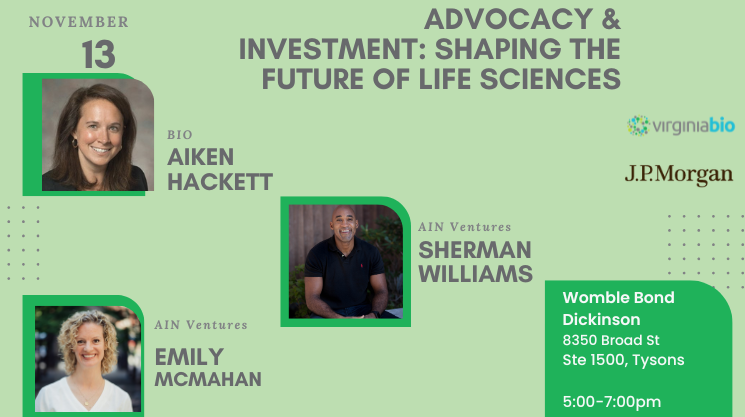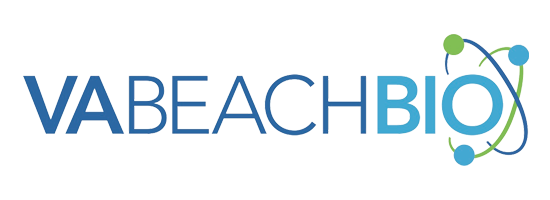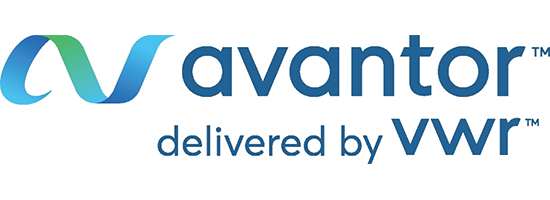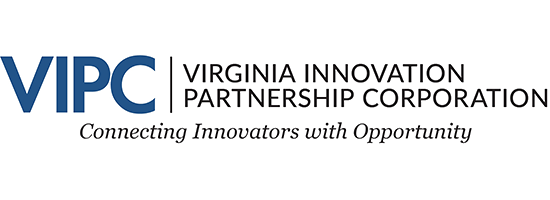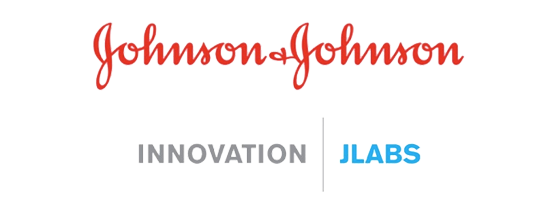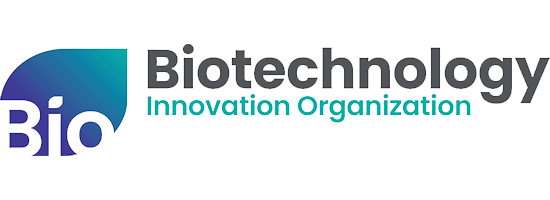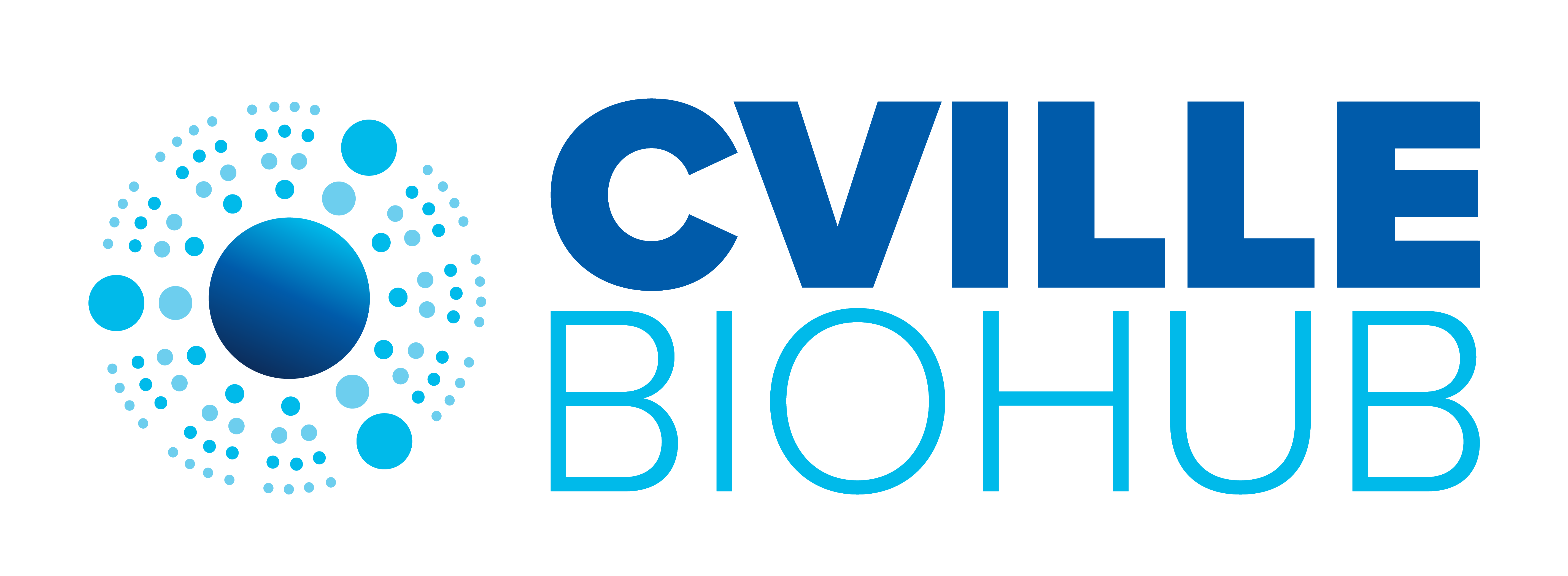Driven by Innovation & Growth
Our mission is to promote innovation and growth through strengthened networks; advocacy; capital investment; talent attraction, development and retention; and advancing the next generation of leaders.
Virginia's Life Science Community By the Numbers
-
3,433 Companies
Life science companies in Virginia.
-
$8B Industry
Life Science contributes $8B to Virginia's economy.
-
30, 504 People
Employed by Life Science companies in Virginia.
-
$107,281 Average Wage
Average earnings of life science workers in Virginia.
-
1,197 Clinical trials
Biopharmaceutical industry-sponsored trials in Virginia per year.
News
11/04/2025
Op-Ed: Getting breakthrough coverage right: Rep. Griffith’s critical role
Virginia finds itself at the center of an important health care debate, and Southwest Virginia’s own U.S. Rep. Morgan Griffith, R-Salem, is in the driver’s seat as chair of the House Energy and Commerce Subcommittee on Health. Here’s the problem: Medicare beneficiaries can wait years — sometimes averaging half a decade — between when the …
11/02/2025
AstraZeneca, Eli Lilly, Merck commit $120M to Virginia pharma training
Pharmaceutical giants AstraZeneca, Eli Lilly & Co. and Merck & Co. have committed a cumulative $120 million to develop a workforce training center for advanced pharmaceutical manufacturing in Central Virginia. The companies, each of which is planning to build manufacturing facilities in Virginia; the state government, including Virginia Innovation Partnership Corp.; and multiple Virginia colleges …
10/27/2025
Virginia can lead biotech manufacturing renaissance – if policymakers help
Last week, pharmaceutical giant Merck broke ground on a new $3 billion facility in Virginia that will create 8,000 construction jobs and 500 permanent manufacturing jobs. The new 400,000 square-foot, state-of-the-art plant isn’t merely the latest addition to Virginia’s rapidly growing biotech industry footprint. It’s a sign that America is making quick progress towards President …


